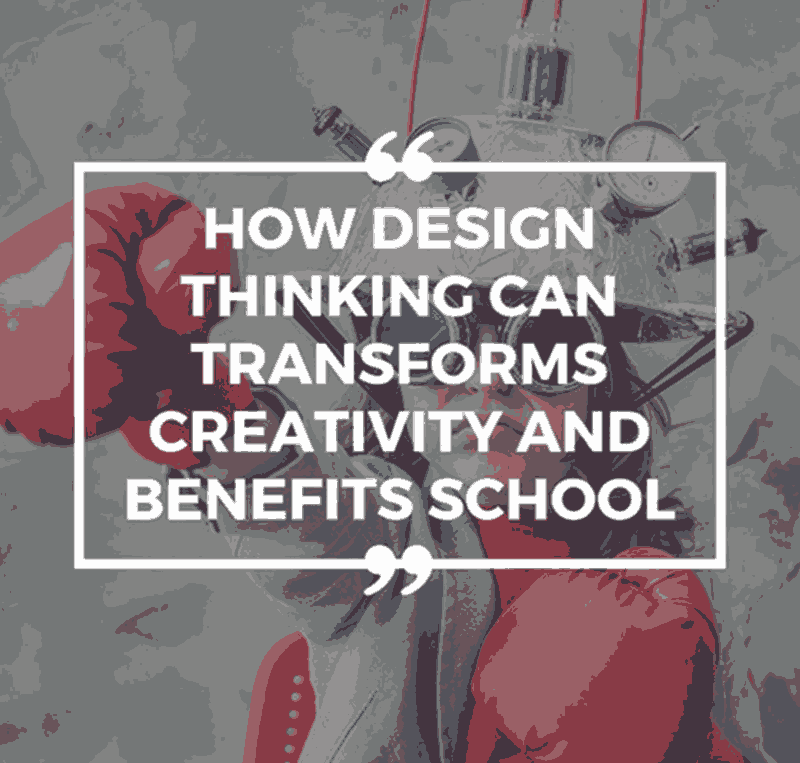How Design Thinking Can Transforms Creativity and Benefits School
As per Standford university “This process—which has been called design thinking—draws on methods from engineering and design, and combines them with ideas from the arts, tools from the social sciences, and insights from the business world.”
Teachers and students define problems and brainstorm about solutions. Suggested solutions from different perspectives break down traditional mindsets, exploring lots of ideas and asking lots of questions. The outside-the-box question asked by a music student might inspire an adaptation or reimagining of an entire student robotics project.
Design thinking demands experiential learning — learning by doing. Student designer thinkers build prototypes, test them, rethink ideas, rebuild, suggest additional needs, rebuild again and test.
Design Thinking doesn’t only benefits kids, it also benefits schools as and makes them different and exclusive from their competition. It creates an impact on teaching and results of the students as these are the kids which produce fantastic results in competitions and make inventions bringing all the glory and fame for the school as well.
Most high school teachers and students involved in different activities like robotics, coding, rarely think of expanding the group beyond math and science students. But the design thinking process expands the creative space, potentially exciting a wide variety of students about STEM.
Participating in design thinking as students may inspire the next generation of innovators to envision and invent different systems that will do something innovative and desired by the society.
Design thinking values multidisciplinary perspectives and introduces students to “spaces,” including empathy, ideation, and implementation. Students are encouraged to empathize with user needs.
Students must recognize where they are in the process and apply different ways of thinking to produce the best results.
Design thinking builds two important mindsets: risk-taking and resiliency. Design thinking requires you to take risks as a learner and push yourself. It is assumed that you will not succeed with your first prototype, so it is easier to put yourself out there.
A resilient 21st century learner works to find out what works and bounces back from failure. You must have a willingness to accept that a problem has multiple solutions and develop your ability to try again.Design thinkers learn from their mistakes so they can develop a better solution next time.
Design thinking is different from project-based learning because the problem is not initially identified for the students. Design thinking requires that students identify the problem for themselves. Figuring out which questions to ask and what problems are worth solving gives students a different sense of agency.
Design Thinking reinforces why an education that includes a breadth and depth of subjects is essential.

